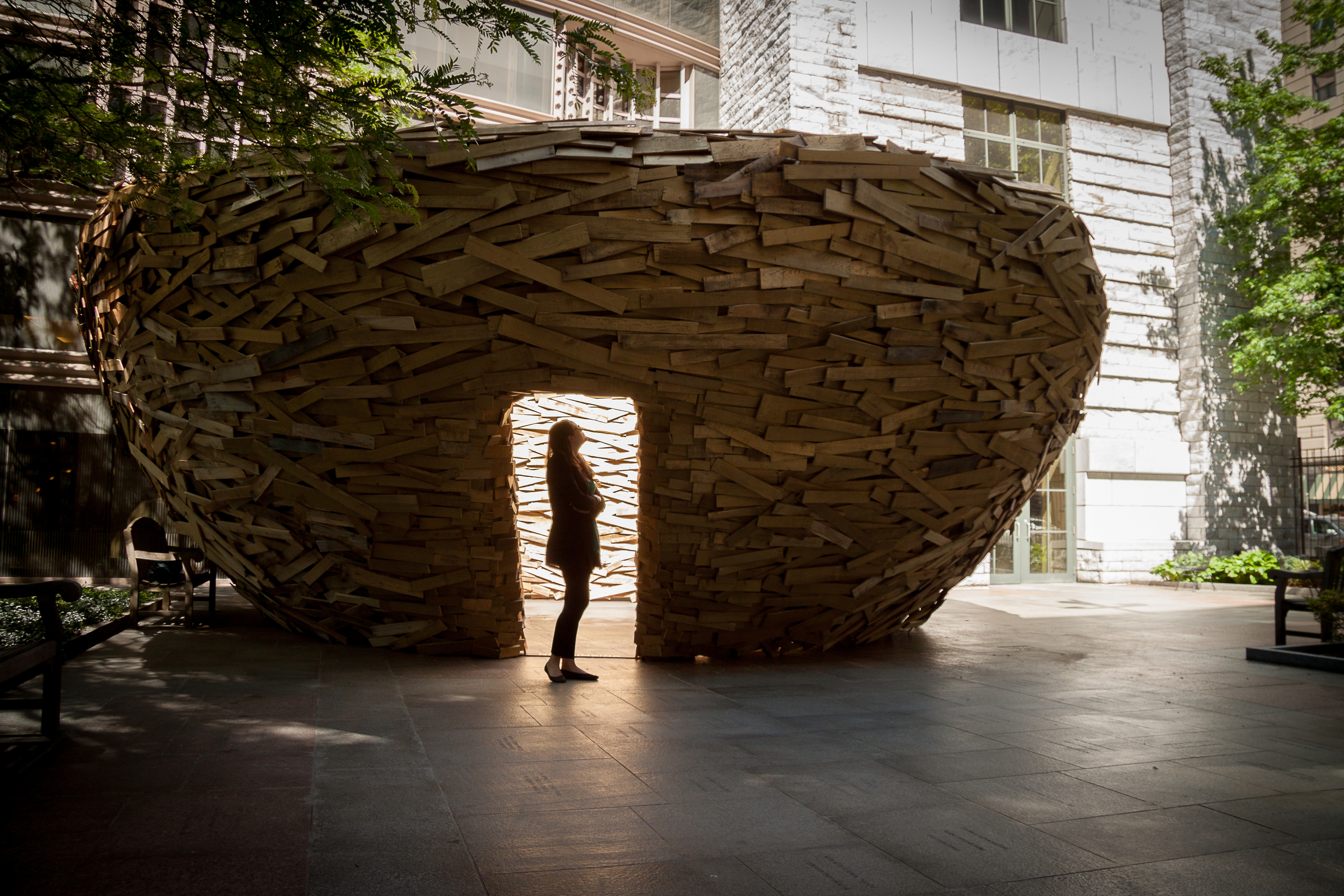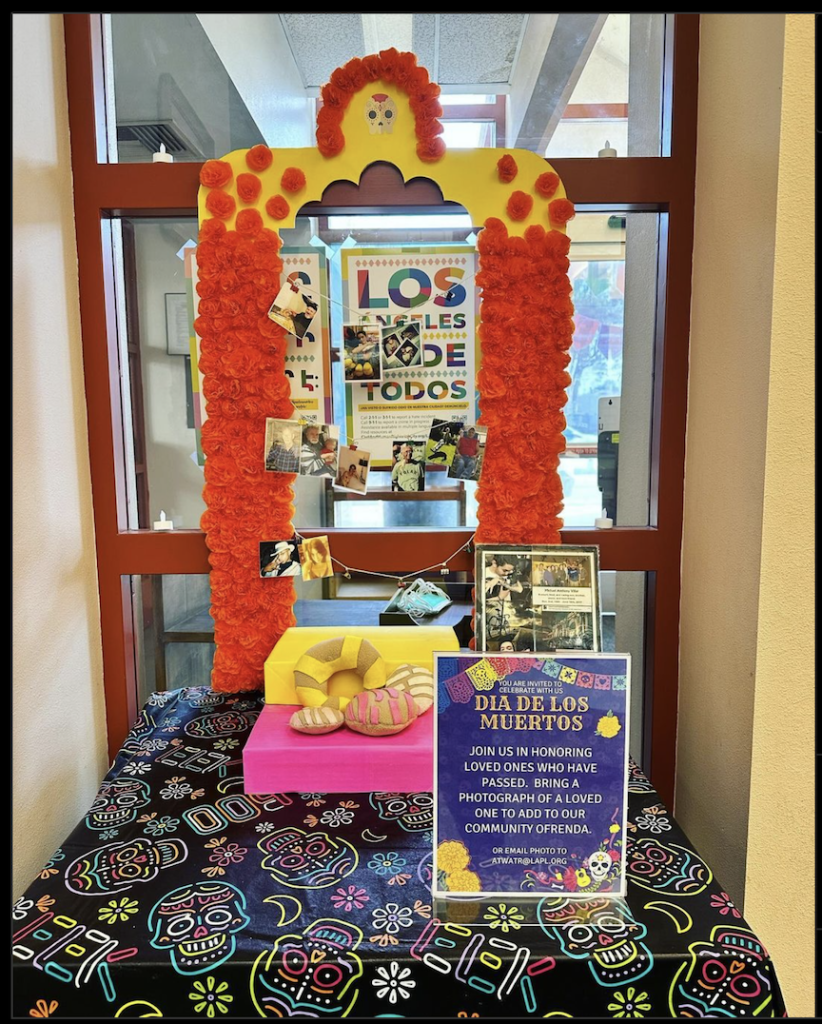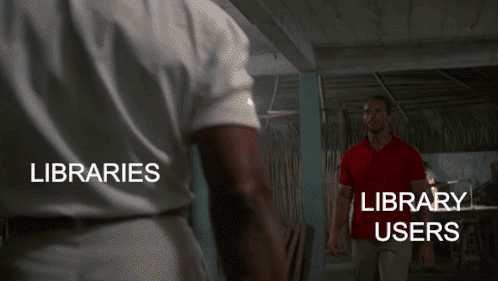I decided to experiment with Adobe Express’s animation features to create this presentation on a few takeaways from the reflection blogs I wrote this past semester. The YouTube video provides captions, but just in case, a transcription is available below.
Hi everyone.
My Name is Monica Sandoval
The following presents a few takeaways from my reflection blogs from the INFO 287 Course on the Hyperlinked Library with Dr. Michael Stephens.
Before I begin, I would like to say that this course has been a pleasure to be a part of, and the things I have learned I will forever reference back to.
Let’s Begin.
Hyperlinked Communities & Environments:
While writing these reflection blogs, I found myself being more forthcoming than I had in previous courses about my experiences as an anxious person going to art school and feeling alone in my research needs. At this point, it became clear to me that as an information professional, I don’t want anyone in my community to ever feel alone in their pursuit of knowledge, especially those from marginalized communities. So, libraries that find ways to invite the public into their spaces, like art installations, really resonate with me.
But one of my favorite projects is the Human Library, which seeks to challenge societal stereotypes and promote understanding. Each “human book” has a unique story, often sharing personal experiences related to their identity, culture, or life challenges.
New Models & Infinite Learning:
Through my research I began to delve further into mental health data to figure out ways to approach and remedy loneliness for library users. In fact, just last year in 2023, the U.S. Surgeon General and the world Health Organization declared Loneliness as an epidemic.
One of my favorite examples that is approaching this issue is from the Kent and Northern Beaches Libraries in the UK, which adopted a program called the Home Library Service in their branches. This service employs library staff and volunteers to connect with and foster relationships with community members who may find it challenging to physically visit a library.
Also, Infinite learning initiatives are another way that consistently inspires me. Programs that address the digital divide, such as one-on-one assistance on using new technology and how libraries are informal centers for this approach, can truly have a positive impact on lives.
The Power of Stories
This was my favorite module to reflect on. Storytelling is just so inspirational because everyone has a story of their own. And there’s so many ways to approach storytelling, such as participatory services where the public is invited to share something about themselves via recording or photographs.
What I enjoyed the most about this section is that due to all the possible ways to help others tell their story, this aspect of library services feels hopeful—hopeful that libraries will continue to help their communities well into the future.
Overall, what I took from the Hyperlinked Library concept and reflection blogs is that empathy is at the for front of all library services. Leading with one’s heart can create greater opportunities to produce stronger bonds with our communities, create new models of service, inspire informal learning, and provide a safe place for personal expression.
Thank you everyone for a great semester, I appreciate all of you!

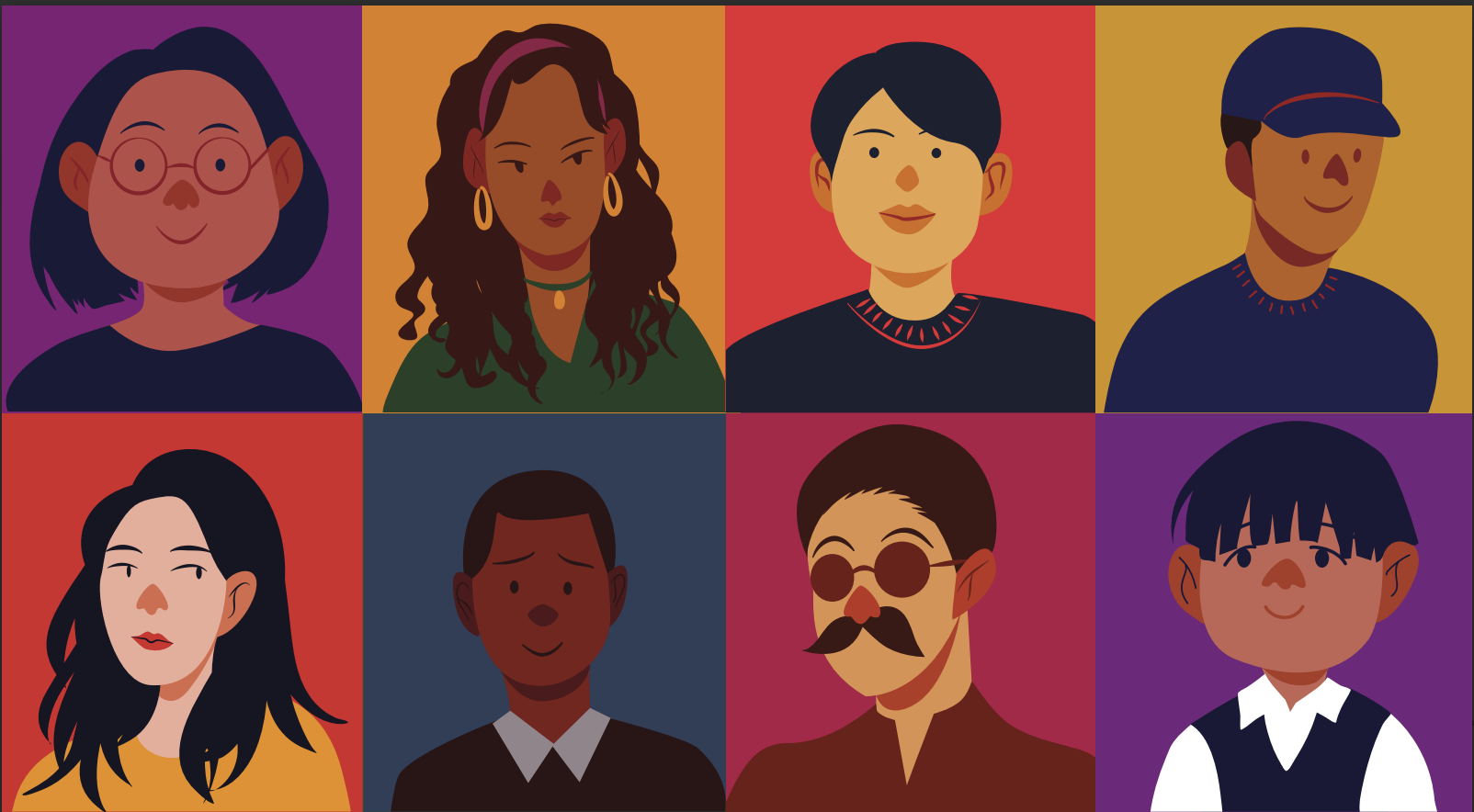
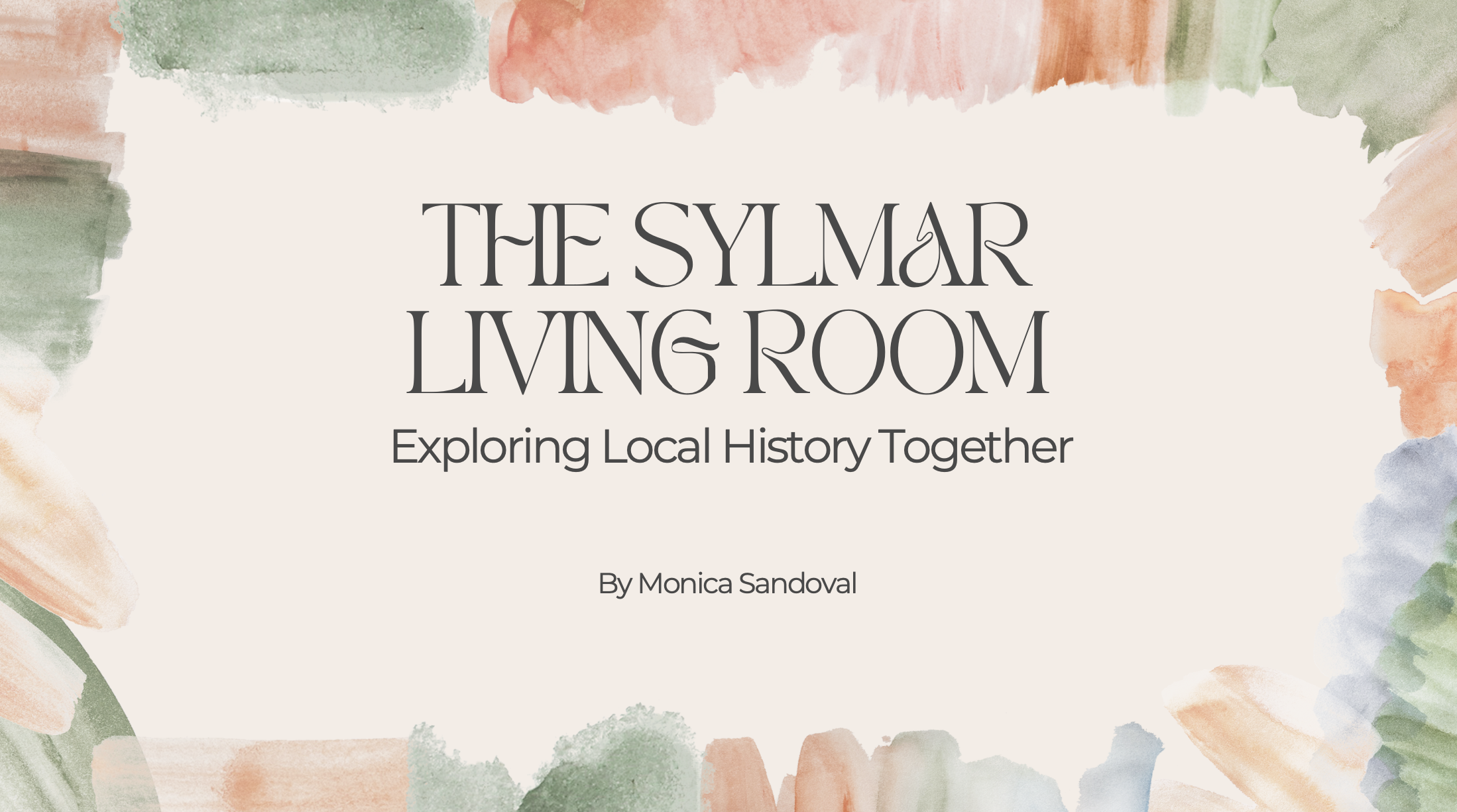 Click Here if the link above is broken.
Click Here if the link above is broken.